While the sustained passion of anti-highway advocates opposed to upgrading and expanding the I-94 East West Corridor is commendable, it ignores several important facts.
First, this project is about more than just Milwaukee or a couple of neighborhoods in Milwaukee. Seventeen million tons of freight accounting for $25 billion in economic activity from every corner of the state travels through the East-West corridor each year. While it may be easy for a downtown Milwaukee bicyclist or condo dweller to ignore the importance of this transportation artery, it’s harder for the small farmers outstate who count on the corridor for moving hundreds of millions of dollars of their products to market. It’s harder for the manufacturers and supply chain workers moving billions of dollars of goods through the corridor. And it is harder for the over 300,000 workers whose jobs are located within 5 miles of the project’s center and rely on this corridor to get to and from work every day.
Second, failing to expand this critical segment of roadway ignores the fact that the I-94 E-W Corridor is one of the most congested and dangerous stretches of highway in the state. Failure to improve this corridor has negative safety consequences for both the road’s users and the residents of surrounding neighborhoods who will inevitably bear the brunt of the individual and commercial traffic diverting off the Interstate to avoid growing traffic congestion.
Finally, some highway opponents have argued that congestion reductions in 2020 obviate the need to rebuild the I-94 E-W with additional capacity. However, it would be irresponsible to draw long-term conclusions about this corridor from a traffic pattern snapshot taken during the COVID pandemic. Site selectors consistently rank access to highways and talent as the top factors in company growth and location decisions. The I-94 E-W is a critical component of both. Without the East-West Corridor providing safe, easy city access to workers throughout the region, companies will leave the city in search of more available and reliable labor pools.
A thriving economy relies on a coherently integrated network of roads, rails, highways, and transit. Done well each contributes to the other. This is not an either-or proposition. The Southeast Wisconsin Regional Planning Commission (SEWRPC) has determined that even if local transit options were to double, it would not be enough to address traffic congestion on the current East-West Corridor effectively. The question facing Wisconsin is whether we reconstruct an expanded, modern corridor to move commerce, workers, and visitors to Milwaukee more smoothly and safely for the next 60-70 years or build a brand-new bottleneck.
###
Steve Baas, Senior Vice President for Government Affairs at the MMAC and is a member of I-94 East West Econ Connect, a coalition of business, labor and community leaders including:
Metropolitan Milwaukee Association of Commerce
Association of Equipment Manufacturers
Commercial Association of Realtors Wisconsin
Building Advantage
Marquette University
Menomonee Valley Partners
Miller Coors
NAIOP
Potawatomi Hotel and Casino
Waukesha County Business Alliance
Near West Side Partners
